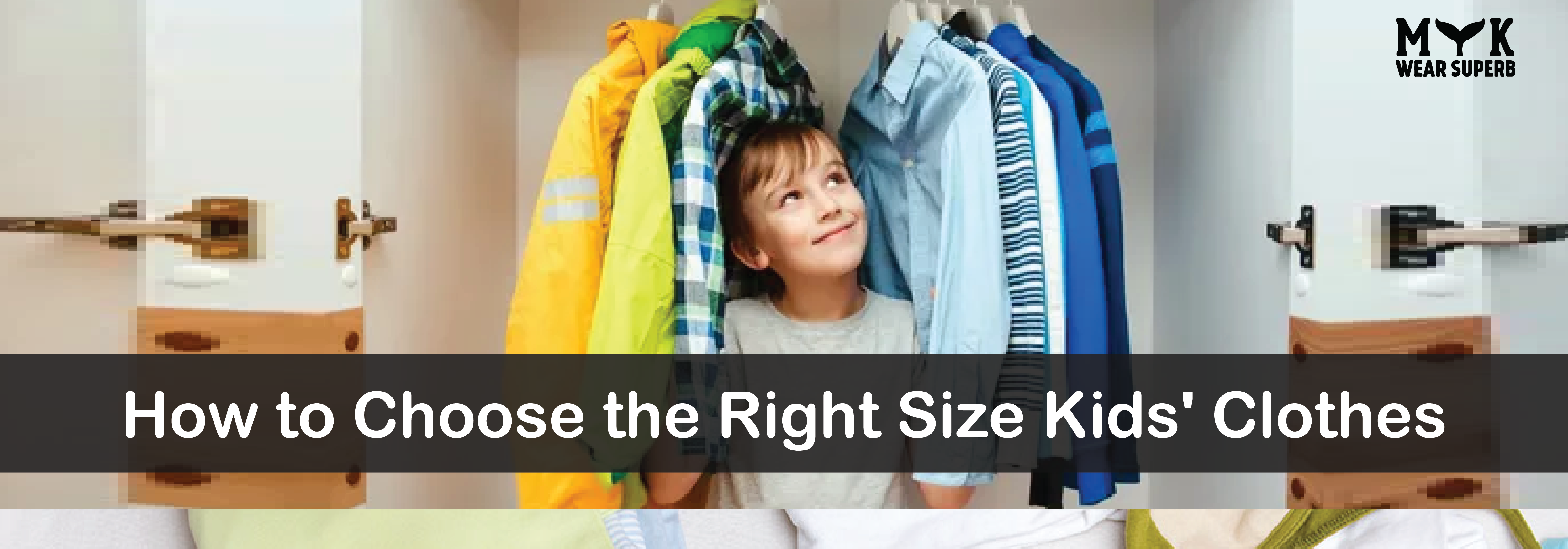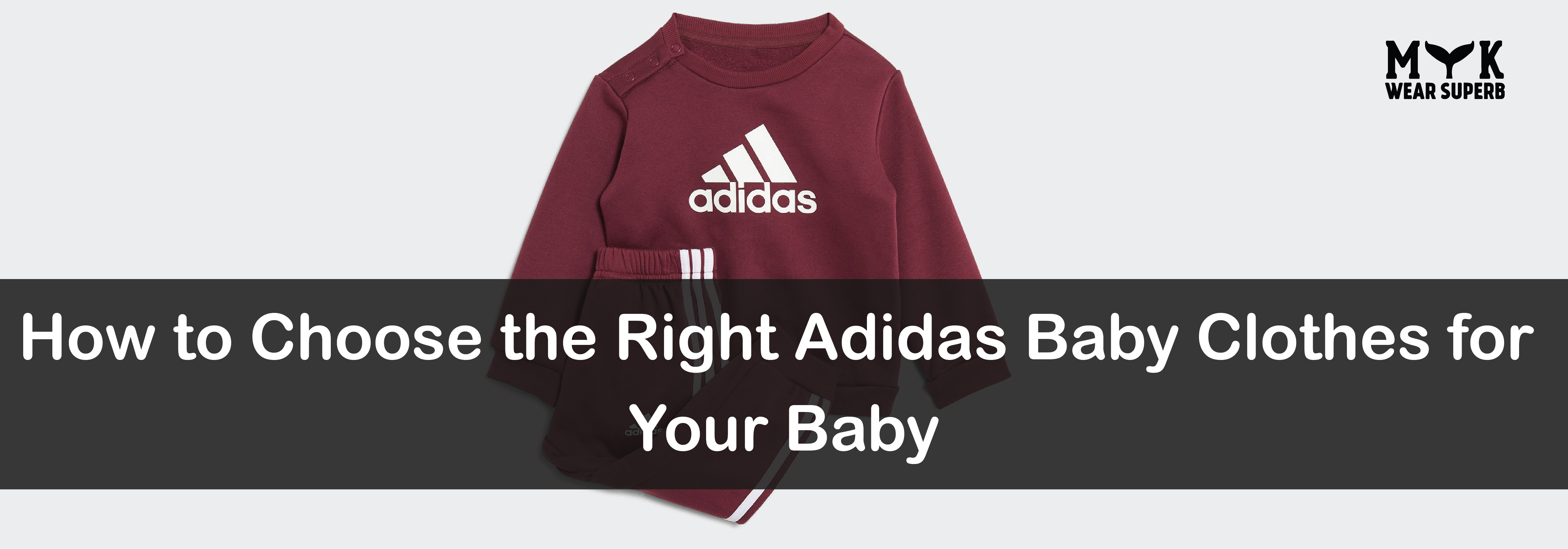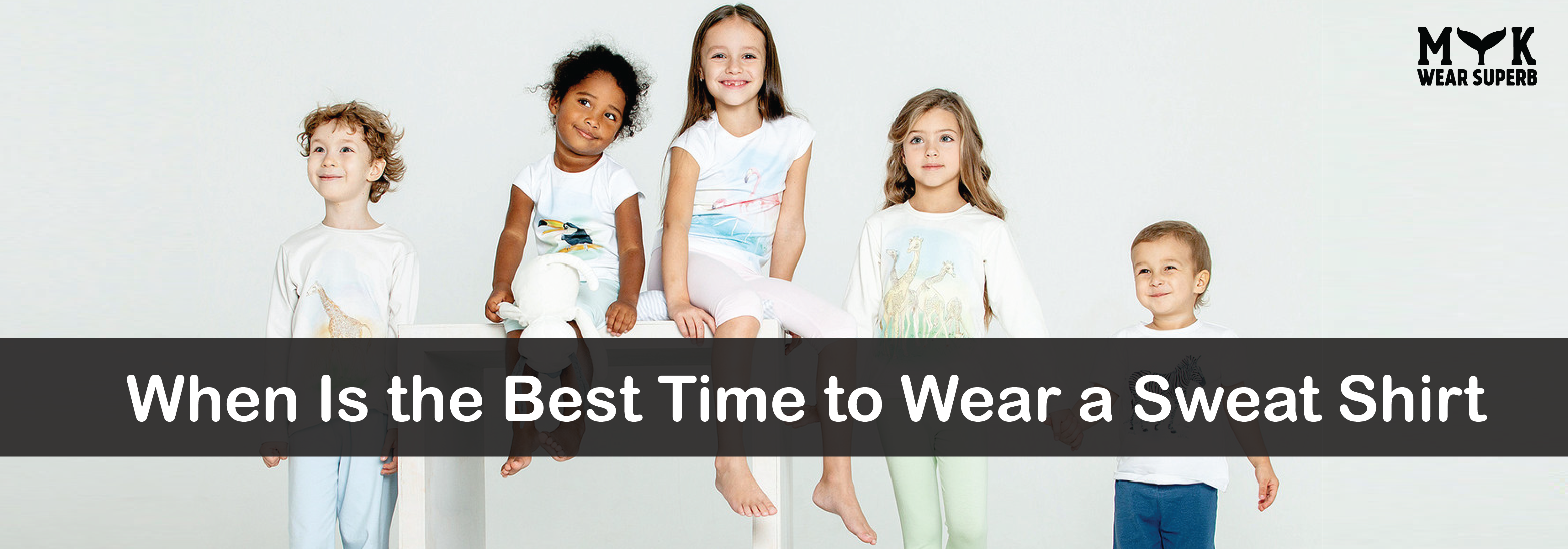
How to Choose the Right Size Kids' Clothes
Choosing the right size for kids' clothes can be challenging, but with a few key guidelines, you can make the process easier and ensure a comfortable fit for your child. Here’s a detailed description of how to navigate this task effectively:
1. Understand Size Charts
- Standard Sizes: Kids’ clothing sizes typically range from newborn (NB) to 14/16, and may be categorized by age (e.g., 2T, 3T) or height/weight ranges. Familiarize yourself with the brand’s specific size chart, as sizes can vary significantly between manufacturers.
- Growth Spurts: Keep in mind that children grow quickly. It might be wise to purchase clothes that are slightly larger than their current size to accommodate growth.
2. Measure Your Child
- Height: Use a measuring tape to determine your child’s height. Stand them against a wall without shoes, marking the top of their head.
- Weight: Weigh your child to get an accurate measurement, as weight can also impact the fit of clothes.
- Chest, Waist, and Hips: Measure the circumference of the chest, waist, and hips for a more precise fit, especially for fitted items.
- Inseam: For pants, measure the inseam from the crotch to the ankle to ensure the correct length.
3. Consider Body Shape
- Fit Preferences: Kids come in different shapes, so consider whether your child has a slender, average, or fuller build. This may influence whether you choose regular, slim, or plus sizes.
- Adjustable Features: Look for clothing with adjustable waistbands, straps, or hems, which can offer a better fit as your child grows.
4. Check for Comfort and Flexibility
- Fabric and Stretch: Opt for materials that have a little stretch, like cotton blends, which can provide comfort and allow for movement.
- Room to Grow: Ensure there’s enough room for movement. For tops, there should be a couple of inches of space around the chest, while pants should allow for bending and sitting comfortably.
5. Read Reviews and Try Before You Buy
- Customer Feedback: If shopping online, read reviews about the fit of specific items, as these can provide insight into whether the clothes run large or small.
- Try It On: Whenever possible, have your child try on clothes before purchasing. This can help gauge comfort, fit, and ease of movement.
6. Layering Considerations
- Seasonal Variations: Consider how the clothing will be worn. If layering is necessary (e.g., for winter), you might want to choose slightly larger sizes to accommodate additional layers.
7. Know When to Size Up
- Growth Patterns: If you notice your child is close to the upper limit of a size, it’s usually a good idea to size up, especially for items they’ll wear frequently.
8. Don’t Forget the Labels
- Care Labels: Pay attention to washing instructions and whether the item might shrink after washing, which could affect fit.
Tags:


